What Causes Burn Stains on Cut Wood?
- The laser beam never really makes contact with the wood's surface, which is the first thing to realize. Soot from the burning of organic material is left behind in the vicinity, just like in a chimney's interior. As a result, there is no need to be concerned about the wood being harmed by the laser; this is only one example of taking measures to keep your woodworker clean. There are various strategies to prevent these stains, with taping the wood surface being the most common. The settings of your laser cutter may also be changed, coatings can be applied, air allies can be used, and you should be sure to select the proper wood, preferably one with a high water content.
Choose your wood carefully
- Pick your types of wood wisely. Due to the number of adhesives used to create certain wood components, some types of wood are more suitable for laser cutting than others. Alder and basswood are examples of softer woods with straightforward texture patterns that tend to perform well with laser cutters. Softwood: Woods that are easy to cut and offer little resistance, such as balsa and alder, require a low-power setting. The least degree of contrast between the original surface and the new cut edge is produced when using lighter wood.
- Hardwoods: Balsa burns more readily than hardwoods like cherry and oak because they require a stronger laser to cut or engrave the surface. As a result, the edges are darker and have a greater chance of burning.
- Veneer: Since veneer wood employs wood as its surface material, it frequently works well for engraving. Depending on the composition of the core material, it could not be appropriate for laser cutting.
- Plywood: One of the most challenging substrates to cut without burning is plywood, but it is feasible if you follow our advice. One of the fabrics with the broadest range of sizes and styles is this one. However, you must select one made especially for laser cutting, such birch plywood.
The wavelength
1.06-micron fiber lasers are not advised since even the laser's wavelength might impact the material's cutting edge. On the other hand, while cutting wood with a CO2 laser, fiber bundles of 9.3 or 10.6 microns left the fewest burn traces.
Resin content
When utilizing a laser cutter, the amount of sap or resin in the wood is quite important. Alder, which has a high resin concentration, is more prone to burn or has black edges, whereas oak, which has a lower resin level, is excellent for making light, clean cuts.
Test Before Starting
Your ultimate result may change significantly depending on the type of wood you select and even the thickness of the individual piece. Your surroundings, speed, power, and wattage all play important roles. As such, we advise doing a materials test on an off-cut before you start.
The first 20W optical power laser engraver in the world, atomstack s20 pro, can cut through a tungsten board that is 12 to 15 mm thick, 8 mm thick black acrylic, and even 0.05 mm thick stainless steel in one pass.

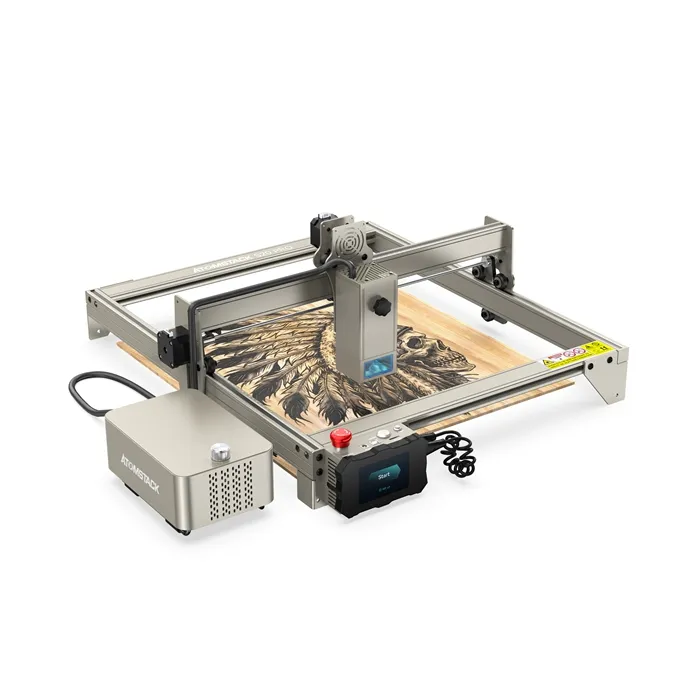
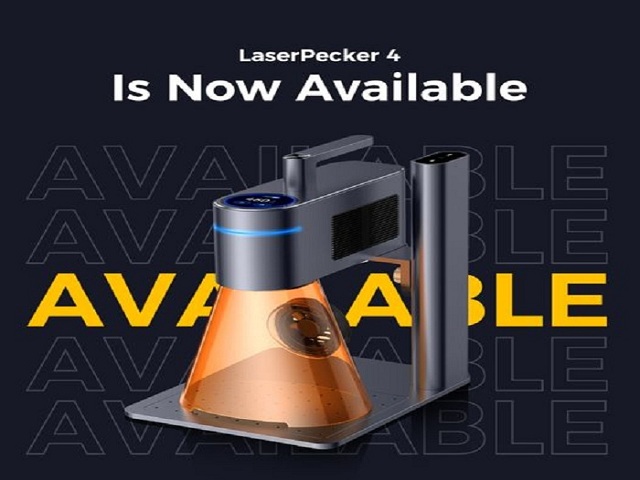
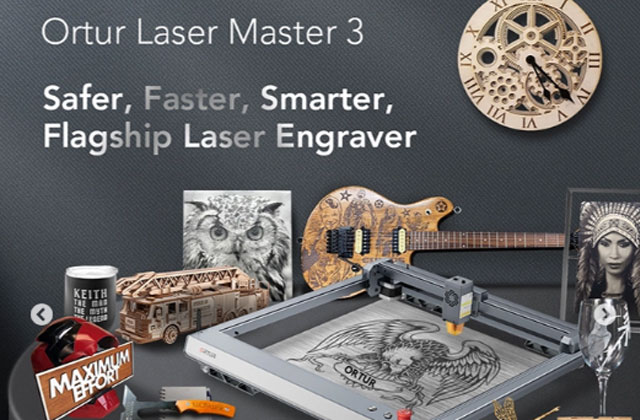
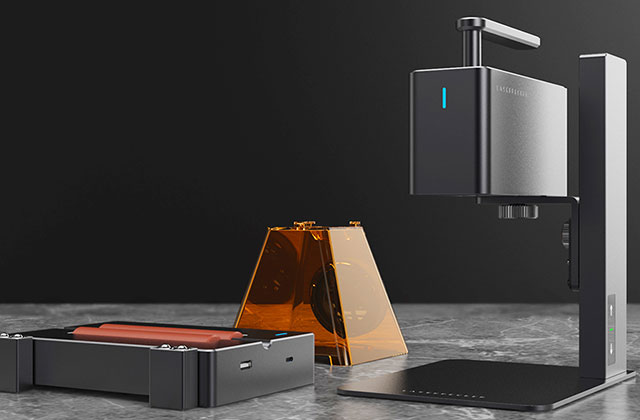
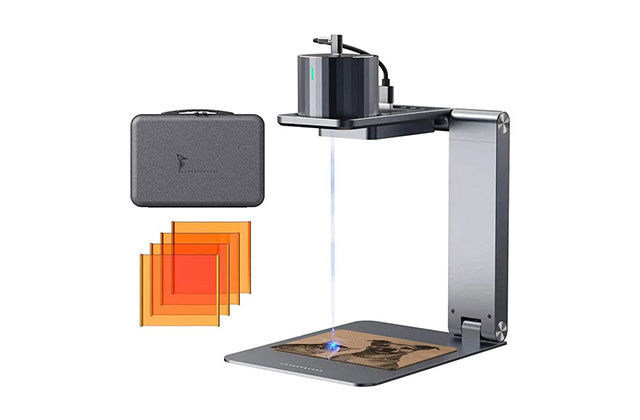

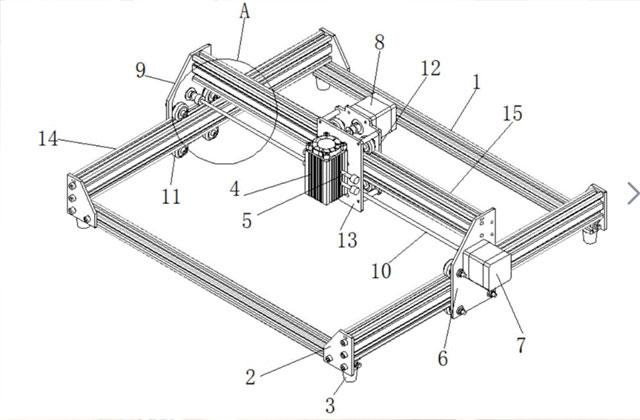
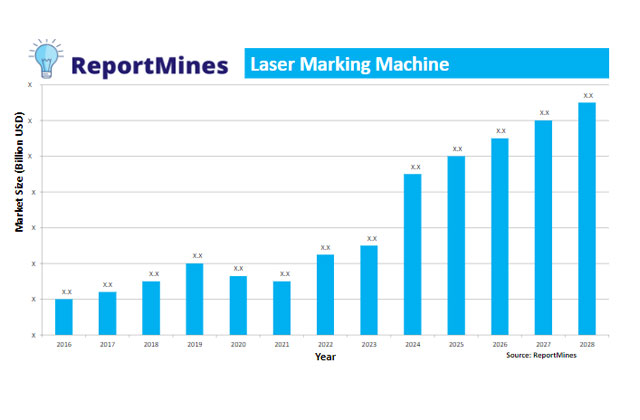
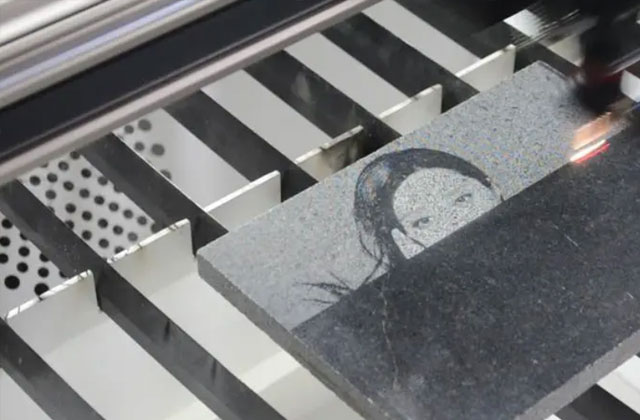
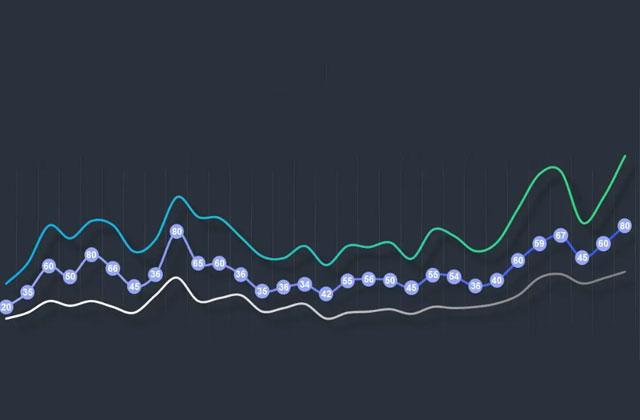

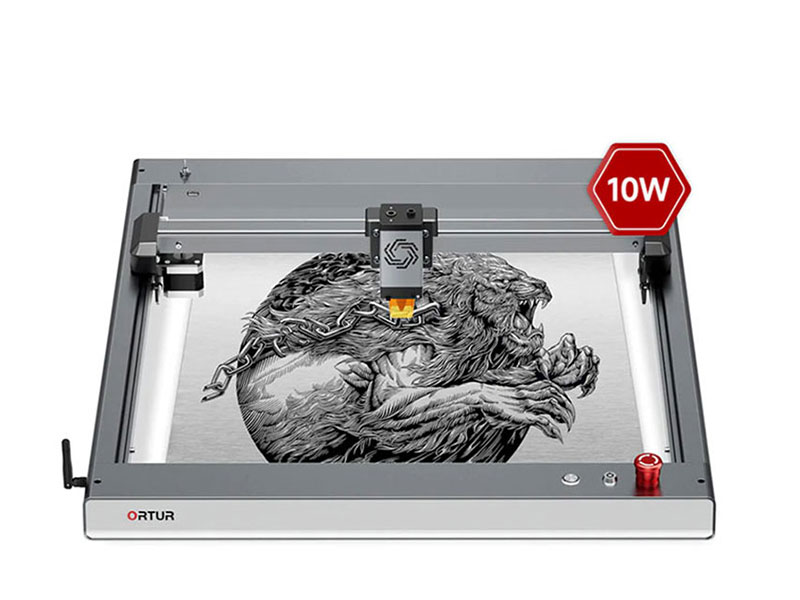




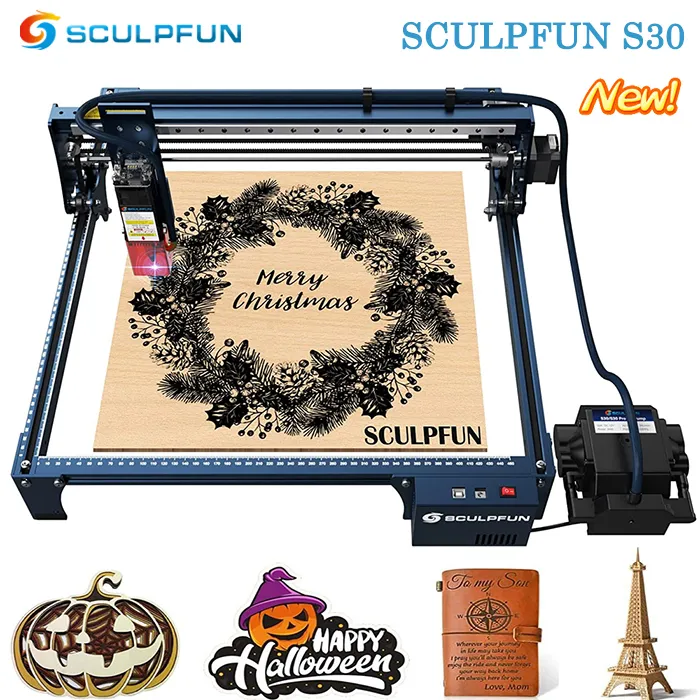
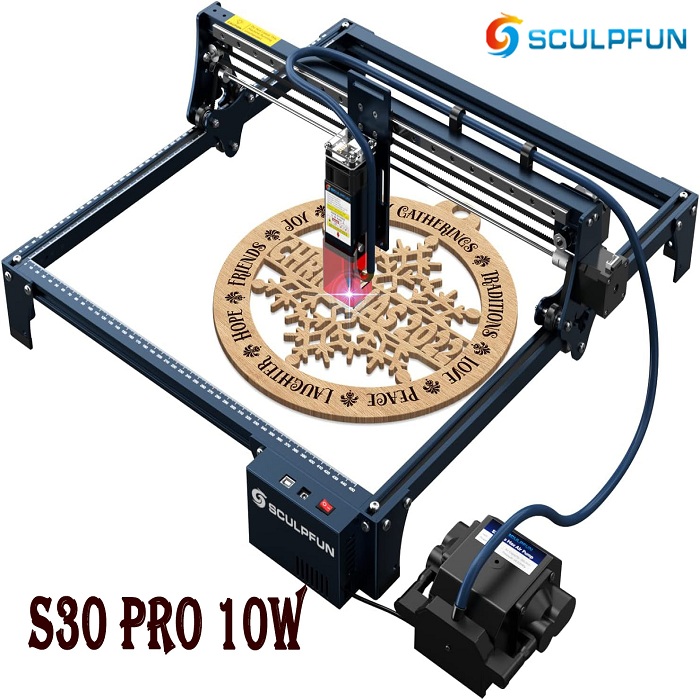
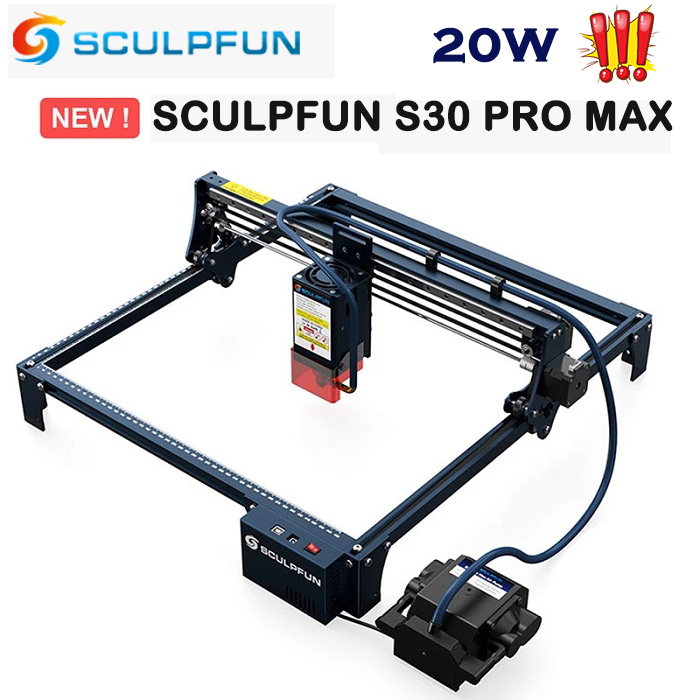
.jpg)